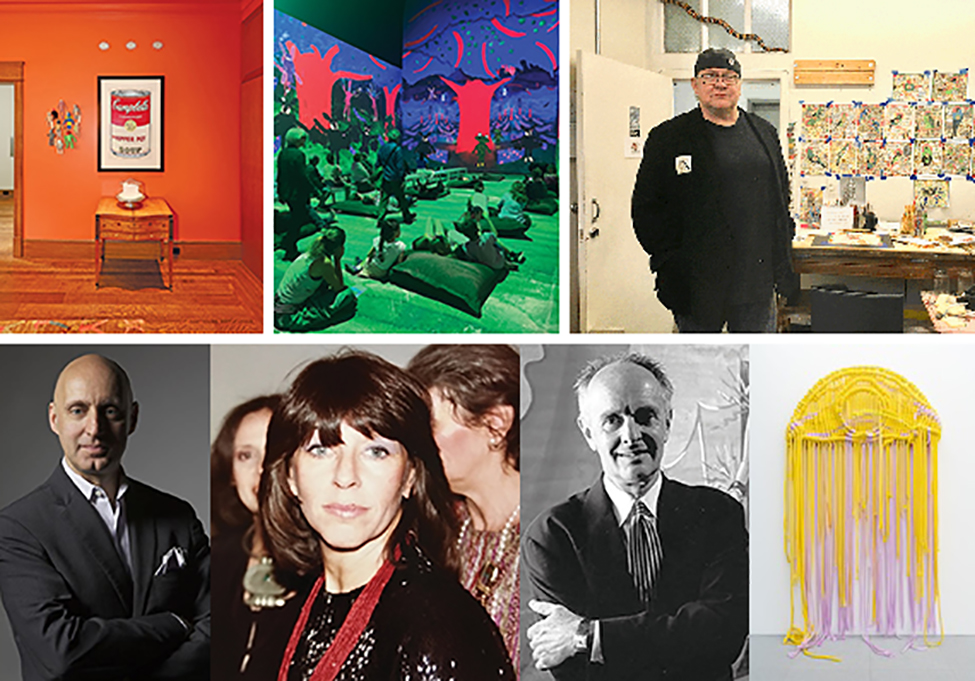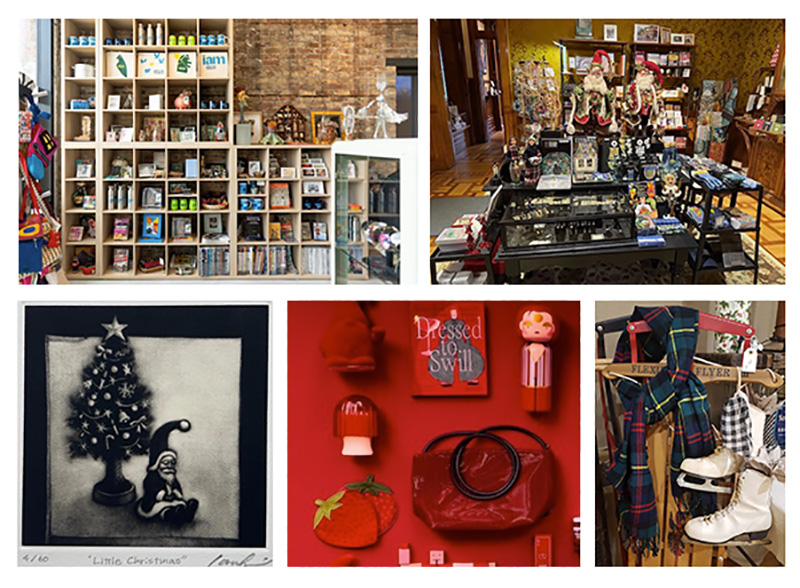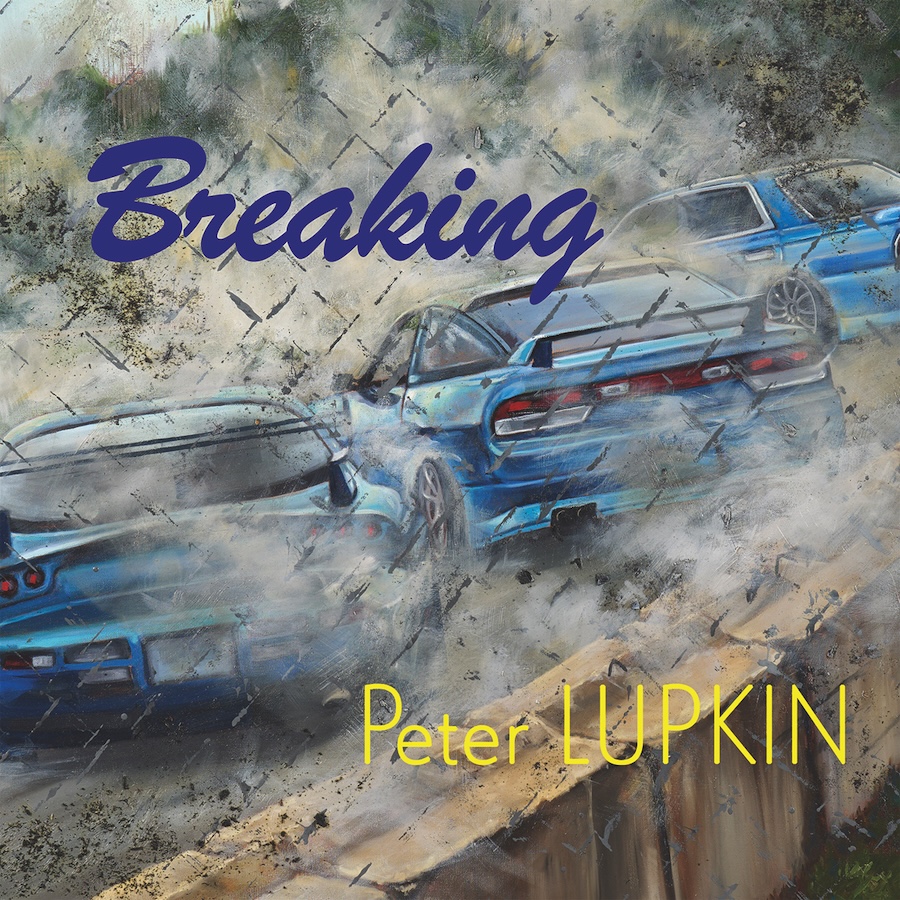Open House Chicago 2019: Behind the Scenes in Historic Homes, Boathouses, Design Offices and More

By GINNY VAN ALYEA
Nine years in, Open House Chicago (OHC) has become a highlight of the fall cultural calendar. In the true spirit of Chicago, OHC has inspired so many institutions to open their doors and welcome in the public to experience behind-the-scenes access to buildings across Chicago. There are arts centers, religious buildings, distilleries, corporate offices, schools, artist studios, and so much more.
Hosted by the Chicago Architecture Center (CAC)—formerly the Chicago Architecture Foundation, the Center is a gateway for visitors, as well as locals, to explore the city through docent-led tours, exciting programs and imaginative exhibits at its own center at 111 E. Wacker Dr. as well as in hundreds of spaces and neighborhoods in the city and suburbs.
In 2018 there were 250+ participating spaces for OHC. Now 2019 counts over 350, proving why people attend this year every year, just hoping to make even a dent in their ever-expanding list of spaces to see and explore, many of which are only open to the public during this once-a-year weekend.
We just picked a few sites that looked particularly interesting to us this year and that we did not highlight in previous years.
All descriptions and images are courtesy of Open House Chicago and their respective sites.
Make your own adventure, and go enjoy this amazing fall weekend in Chicago! If you can't make it this year, then you'll at least enjoy the eye candy featured below and on CAC's website.
Note that some sites may be for Chicago Architecture Center members only and require advance registration. Complete details are available on www.openhousechicago.org
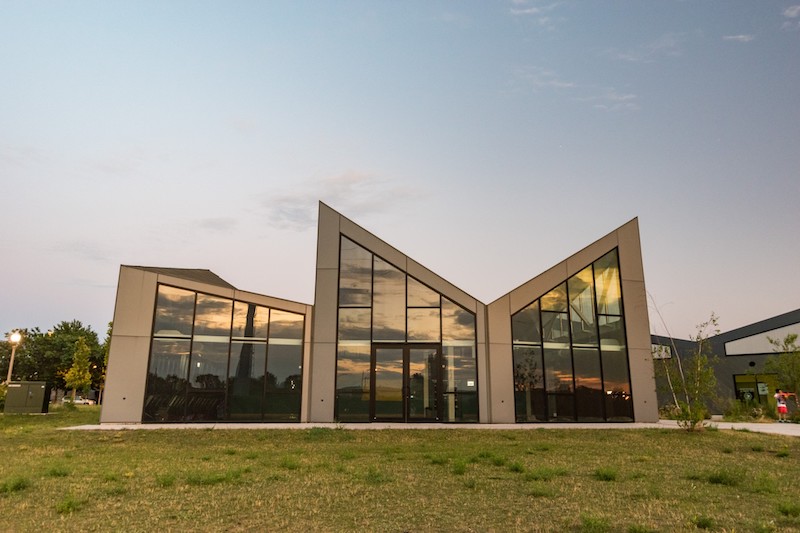
Park No. 571 Boathouse
This is one of two Chicago River boathouses designed by internationally renowned Chicago design firm Studio Gang. The rhythmic design interprets the motions of rowers and beckons to people to engage in new ways with this formerly industrial waterway. Completed in 2016, the boathouse and park have transformed this part of the river into a community-oriented recreational space. The boathouse is actually two distinct buildings that seem, from certain vantage points, splayed apart at the middle like two oars: a boat shed and a community building. The facility is home to several rowing groups, social clubs, and South Side organizations, and is a centerpiece of the 2019 South Branch Framework Plan promoting connectivity to the river for adjacent communities.
VISITOR EXPERIENCE
Both the boathouse and community building will be open to the public. Visitors will have a self-guided experience with opportunities to learn about the boathouse and programming offered through partner organizations.mage at top of post is of the hotel's lobby)
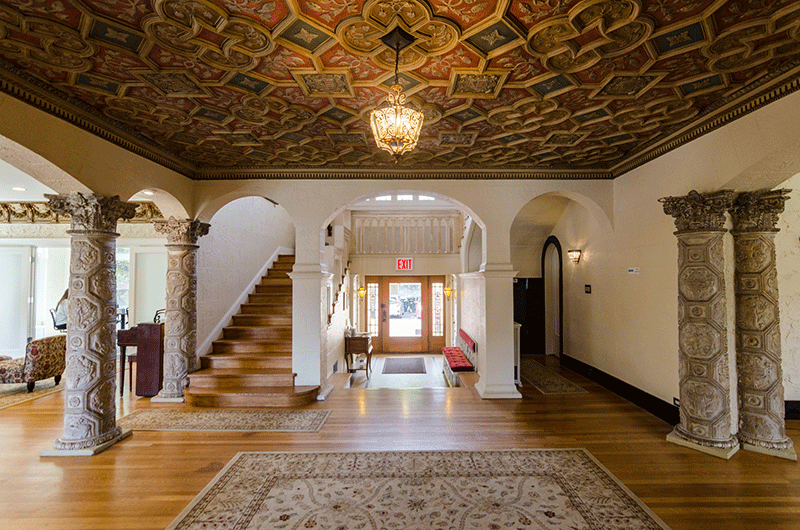
Colvin House
Passersby on Sheridan Road have long wondered about this yellow brick, Prairie Style-inflected American Foursquare mansion. It had fallen into disrepair after years of neglect, but has now been restored and repurposed as a distinctive coworking and event space. While the exterior of the house is quite restrained, the interior features over-the-top plaster ornamentation that was most likely added in the 1920s--it resembles the decor found in the lavish movie palaces of the day. Colvin House was designated a Chicago Landmark in 1994. It was designed by architect George Maher.
VISITOR EXPERIENCE
Tour the first and second floors of this renovated historic Sheridan Road mansion, now a one-of-a-kind spot to work, meet or host an event.
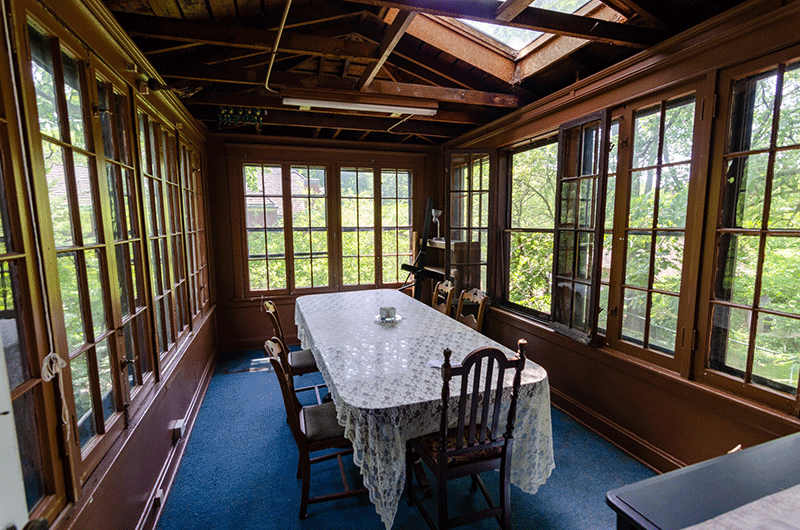
Ingersoll-Blackwelder House
Visit one of the oldest homes in the Beverly Hills/Morgan Park community, located within the Ridge Historic District. The home's original (rear) portion dates to 1874 and was built for real estate magnate John Ingersoll. A Queen Anne style expansion was added the following decade for new owner Isaac Blackwelder, president of the then-independent Village of Morgan Park. His wife, Gertrude Blackwelder, was the first woman to cast a vote in Cook County. The main level’s elegant Victorian spaces are ideal for entertaining, the primary use for the house today. The second level, meanwhile, preserves the rustic light-filled art studio of longtime owner Jack Simmerling. Some of the antiques and built-ins that remain in the home today are items salvaged by Simmerling from long-gone mansions on Prairie Avenue, in Englewood and other Chicago neighborhoods.
VISITOR EXPERIENCE
Explore this elegant Victorian house decked out with antiques.
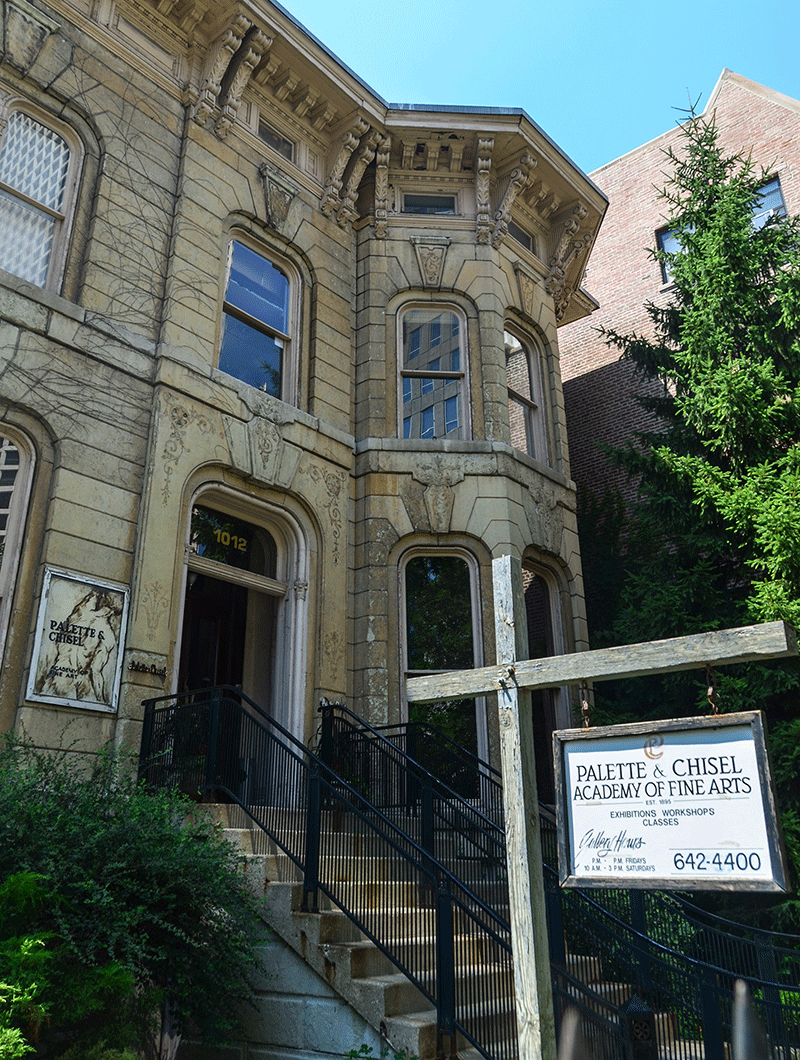
The Palette & Chisel Academy of Fine Arts
Chicago's oldest arts academy was formed in 1895 by a group of artists and illustrators. The founders, including the great sculptor Lorado Taft, wanted more opportunities to produce work from live models. By 1921, the club had grown from eight members to 200 and needed a permanent home, so it purchased a three-story Italianate mansion built in 1874 for William Waller. They turned the drawing rooms on the first floor into gallery spaces; the second floor bedrooms into individual studios; and created a large sky-lit studio on the third floor that is ideal for working from live models. Today, the building is still filled with artists creating paintings, drawings and sculpture.
VISITOR EXPERIENCE
Visit gallery spaces and see artists work in the sky-lit top floor studio.
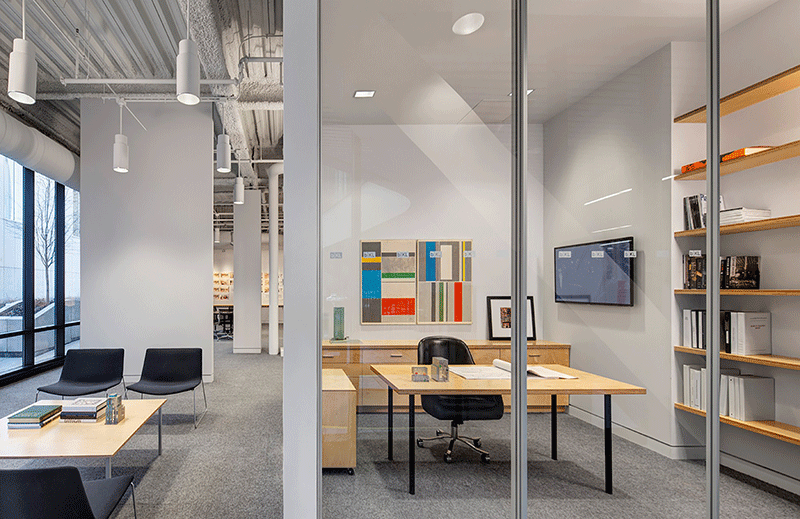
bKL Architecture
bKL Architecture, founded in 2010, is committed to designing projects that enhance the contexts in which they build, responding to the needs of clients, users and surrounding communities, while anticipating future uses and desires. bKL’s offices are located in Aqua, a location that puts the firm in close proximity to some of their notable projects in Lakeshore East. bKL's recent projects include GEMS World Academy, MILA Chicago, Wolf Point West, and Renelle on the River.
VISITOR EXPERIENCE
Visitors will enjoy a self-guided tour of the bKL studio. See models and designs for past, current, and future projects. bKL architects will be stationed around the studio to answer questions. No photos are allowed throughout the studio, but photos can be taken of the Downtown Chicago context model.
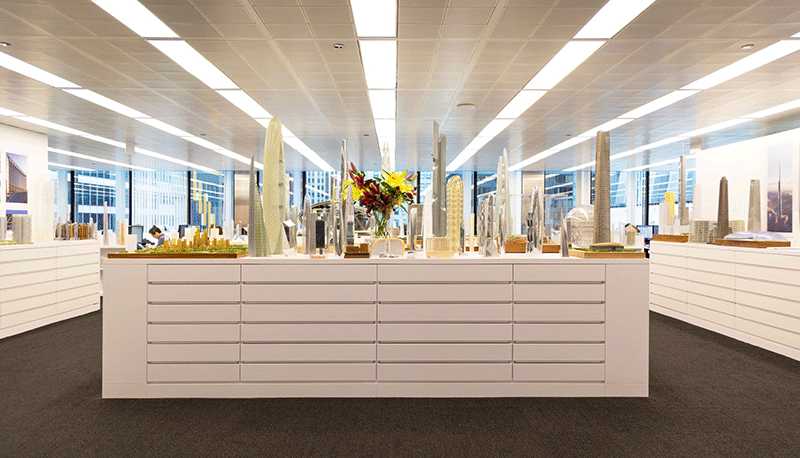
Adrian Smith + Gordon Gill Architecture
Adrian Smith + Gordon Gill Architecture (AS+GG) designs high-performance, energy-efficient, and sustainable architecture on an international scale, applying their approach to everything from low to mid-rise residential buildings, mixed-use supertall towers, and cultural centers. In July 2018, AS+GG relocated their Chicago studio to the historic Inland Steel building. The 19-story Inland Steel Building was the first tall building to be completed in the Loop after the Great Depression. Its column-free floor layouts and glass and stainless steel exterior make it an iconic building and a Modernist landmark.
VISITOR EXPERIENCE
Walk through the studio at your own pace to see futuristic 3-D models, a 15-foot Prysm interactive digital screen and a VR station. Listen in on brief presentations from staff.
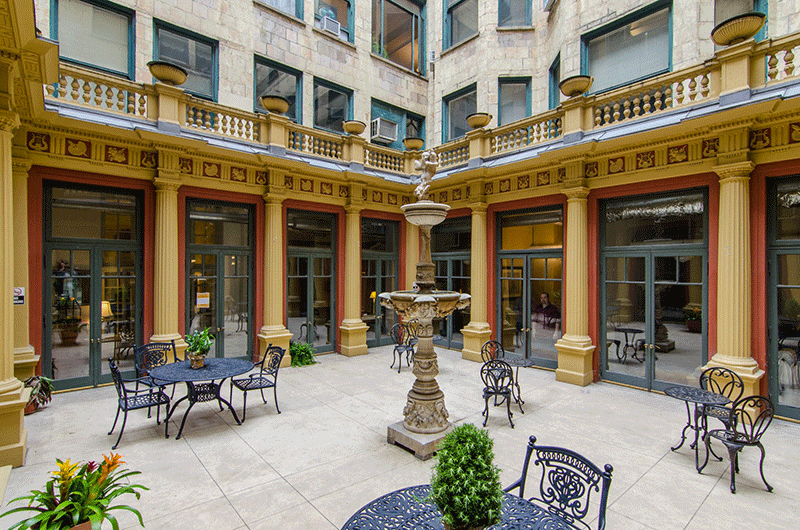
Fine Arts Building
The Fine Arts Building was originally a carriage assembly plant and showroom for the Studebaker Company. It was designed by Solon Spencer Beman and opened in 1885. An extensive 1898 remodeling converted it into a home for what is now one of the nation's oldest artist communities. Its rented studios, offices and shops have housed some of the city's most illustrious literary and artistic talents, including Frank Lloyd Wright, sculptor Lorado Taft and Wizard of Oz illustrator W. W. Denslow. The interior features stunning Art Nouveau decorative details and murals dating from the 1898 renovation. The building continues to house art galleries, theater and performing arts studios and other arts-related businesses.
VISITOR EXPERIENCE
Admire the beautiful Venetian Court, step inside the Studebaker Theatre, and explore ten floors of historic artist workspaces.
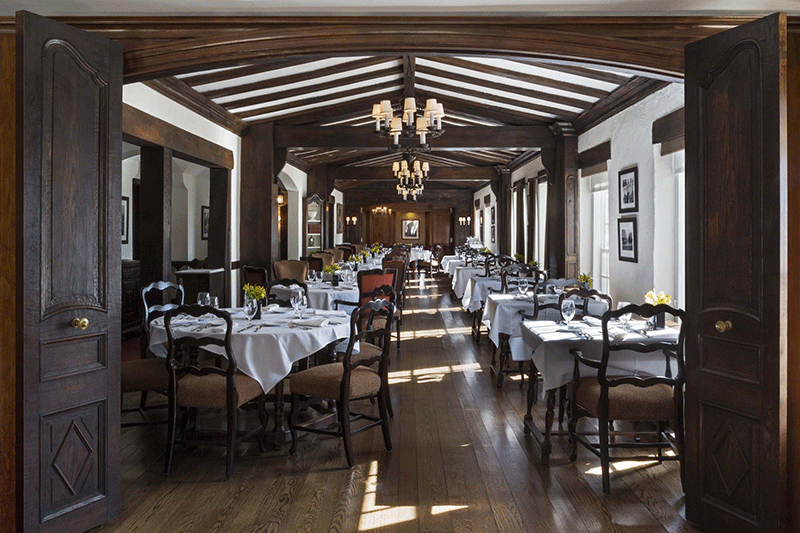
The Skyline Club
Perched atop the Old Republic Building, the Sky-Line Club is one of the oldest private membership facilities in the city. Nearly 100 years ago, an old ale house from the Sussex region of southern England was carefully dismantled and shipped to Chicago. It was then reconstructed here on the top floor of one of Chicago's early office towers. Paintings and furnishings from the original pub grace the interior today. From within the stately decor of the club, members have watched the city's skyline evolve into a 21st-century metropolis. The intimate space opens onto an open-air terrace with fabulous views.
VISITOR EXPERIENCE
Warm up in the cozy fireplace lounge of this transplanted pub, then check out the views from the rooftop terrace.
For more information about Open House Chicago, visit openhousechicago.org
